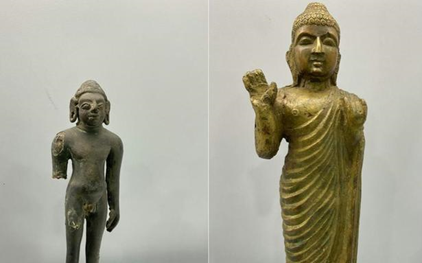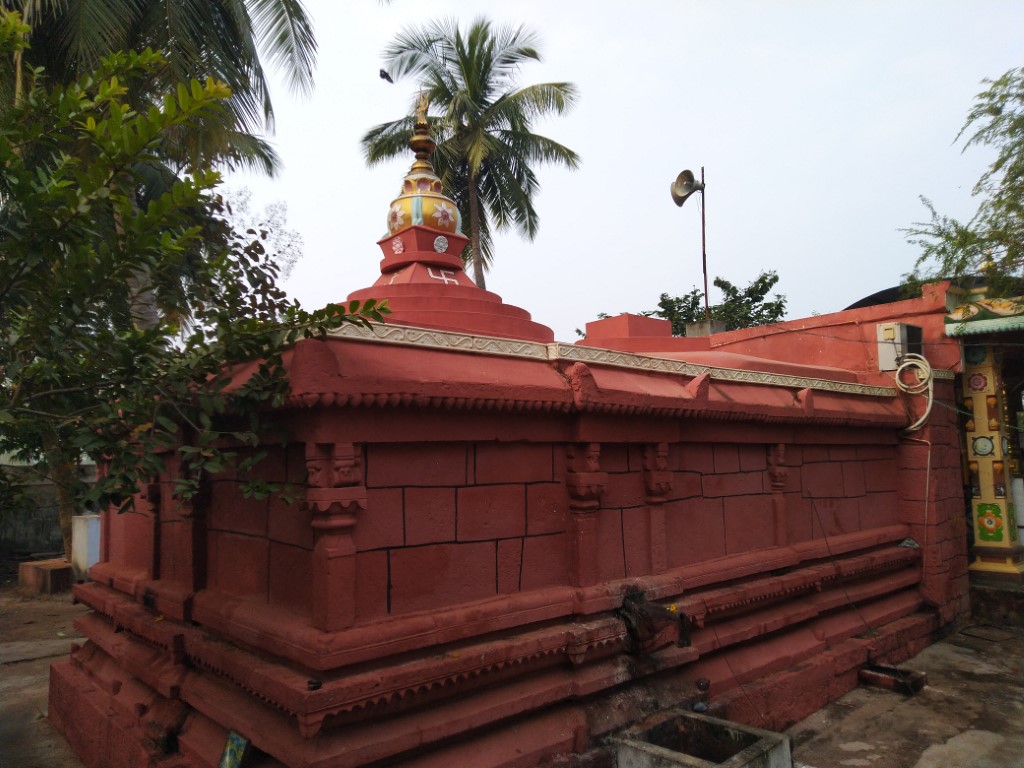
The newly formed district in Andhra Pradesh, Eluru with Eluru as headquarters going to get a new archaeology museum to display 400 artefacts from early historic period
(from 6th Century BCE to 4th Century BCE) to the 19th Century CE will be displayed.
Let’s go back in time to know a bit of history related to this city.
The city was once called as helapuri, the history of helapuri dates back to the second century CE and has great prominence in the history of Andhra Pradesh state. Vengi near Eluru was the capital of Andhra from the 2nd century to CE the 12th century CE, ruled by Salankayanas, Vishnukudinas, and Eastern Chalukyas. Vengi was the capital city of Andhradesa for more years than any other city in Andhra Pradesh.
Salankayana ruled from the third century CE to the fifth century CE. They were known as Salankayana after the Gotra name and were the feudatories of Ikshvakus. They ruled near the Vengi area, with Vengi (Eluru) as the capital. Salankayana is another of the Phantom kingdoms of Andhra for Indologists. Their date is fixed based on Samudra Gupta inscription mention of Hastivarman of Vengi.
Eluru was a major city of the Vishnukundinas. Vishnukundin reign might be fixed between the end of the Salankayana and the rise of the Eastern Chalukyan power in 624 AD. In the late fifth century, the Salankayanas were conquered by Madhavarma II of the Vishnukundinas. During the reign of Madhava Varma the Great, they became independent and conquered coastal Andhra from the Salankayanas and might have shifted their capital to a place in coastal Andhra.

Eastern Chalukyas, or Chalukyas of Vengi, were a dynasty of South India whose kingdom was in the present day Andhra Pradesh. Their capital was Vengi near Eluru and their dynasty lasted around 500 years from the seventh century until c. 1130 C.E., when the Vengi kingdom merged with the Chola empire.The Vengi kingdom continued to be ruled by the Eastern Chalukyas (Eastern Chalukyan kings) under the protection of the Chola empire until 1189 C.E., when the kingdom succumbed to the Hoysalas and the Yadavas. They had their capital originally at Vengi, now Pedavegi, near Eluru of the West Godavari district and was later shifted to Rajamahendravaram (Rajahmundry).
Eluru was captured by the Kakatiyas and then became a part of the Kalinga Empire until 1471. Later, it fell into the hands of the Gajapatis. In 1515, Srikrishnadevaraya captured it. After the fall of the Vijayanagara Kingdom, it was taken by the Sultan of Golkonda, Kutub Shah. Mohammedans built the fort at Eluru from the ruins of Vengi.
Salabat Jung, the fourth Nizam of Hyderabad, granted, in 1753, the region including Eluru to the French East India Company. But, the French were forced to transfer it to the British within a few years. During British rule, Eluru was a military station and the capital of the Northern Circars, a division of the Madras Presidency. In the Madras Presidency, the District of Rajahmundry was created in 1823. It was reorganized in 1859 and was bifurcated into Godavari and Machilipatnam districts. Eluru was a part of Machilipatnam district after the division of the Northern Circars. In 1859, it was included in the Godavari district; later, it was made a part of the Krishna district. During British rule, Rajahmundry was the headquarters of the Godavari district, which was further bifurcated into East Godavari and West Godavari districts in 1925. When the Godavari district was divided, Eluru became the headquarters of West Godavari.
“The construction works and arrangement pertaining to kiosks, digital display facilities and screening have been completed. The museum is likely to be opened on May 18, marking the International Museums Day,” said Archaeology and Museums Assistant Director (Kakinada) K. Timmaraju as reported by The Hindu.

“Nearly 400 artefacts have been collected from Kurnool, Rudramkota, Nellore, Guntur, Vijayawada, Kakinada, Rajamahendravaram and Eluru,” said Mr. Timmaraju.
The artefacts include tools, sculptures, manuscripts, copper inscriptions, bronze coins, weapons and oil paintings from the 18 th and 19 th Century CE. In the Buddhism section, the Ayaka pillars and other remnants collected from Vutluru and Pinakadimi in the Godavari region will be displayed.

“A red-stone mandapa shed found at Kotadibba in Eluru is one of the attractions in the museum. The museum is equipped with digital facilities that will give the visitors a virtual experience,” said Mr. Timmaraju reported by the Hindu

The red stone pillar Mandapam has 25 inscriptions from Eastern chalukya period.
The Union Ministry of Culture granted ₹3.75 crore under the ‘Upgradation of Museums Scheme’ for the ₹5-crore project in Eluru town. The museum was built on a 2,000 square-yard campus.